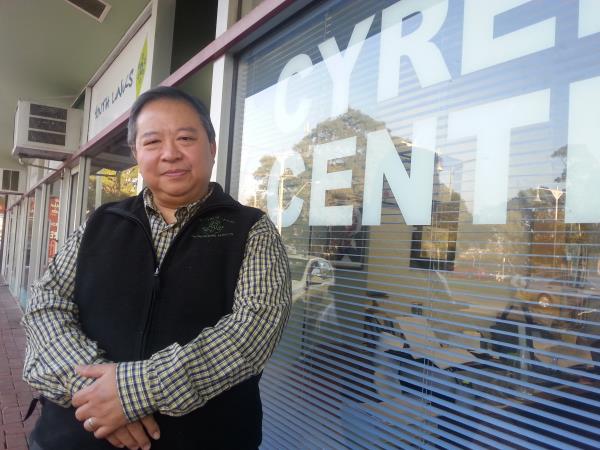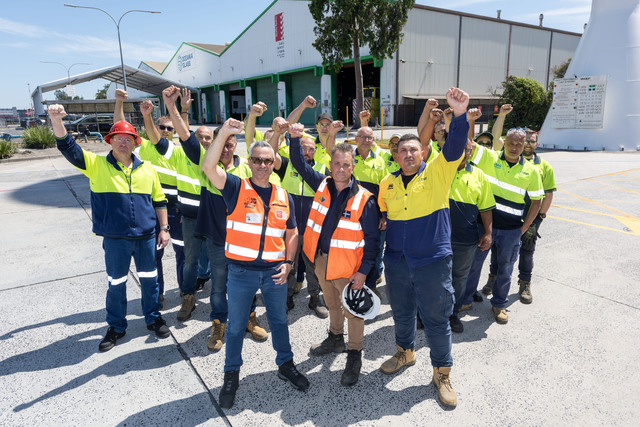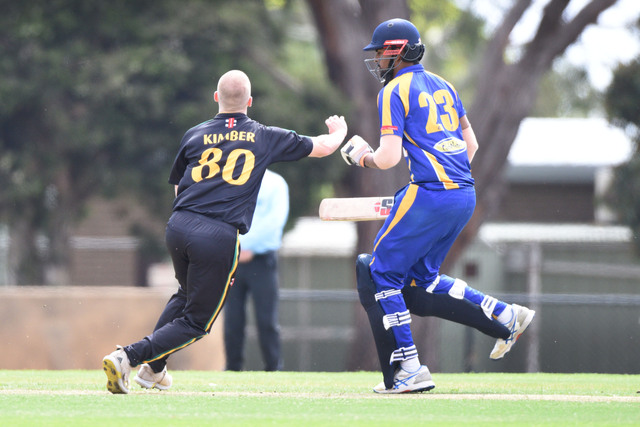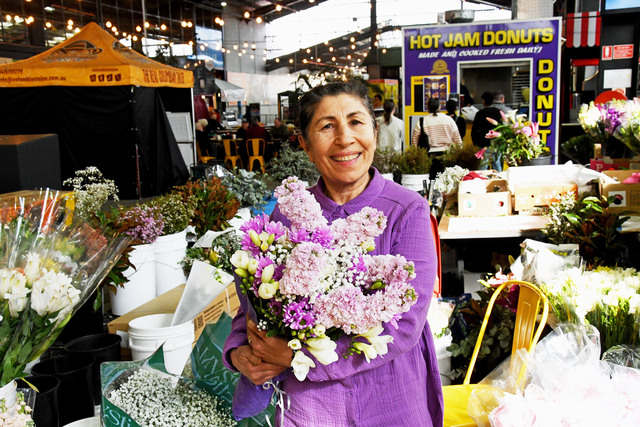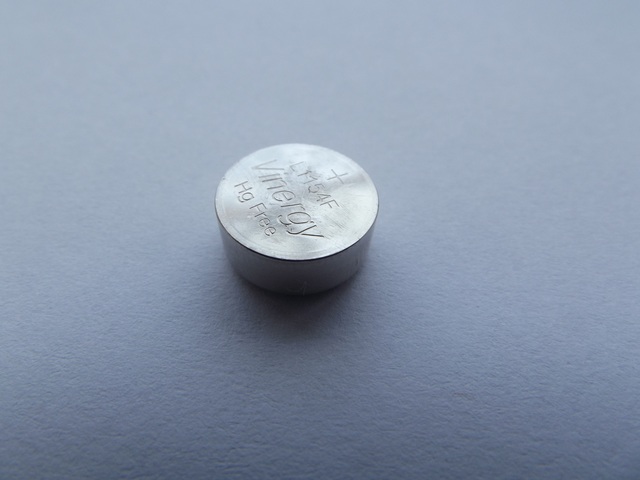By CAM LUCADOU-WELLS
Ice is overtaking heroin as one of the favoured drugs in culturally and linguistically diverse communities and is destroying families, according to a Noble Park substance abuse organisation.
Cyrene Centre drug counsellor Gerard Koe said immigrants are particularly vulnerable to drug abuse.
“When you come to a new country and you don’t have the language, you’re always going to feel that bit of disadvantage. Your self-esteem is a bit battered.
“Ice particularly appeals to that. It makes you feel powerful – king of your mountain – while you normally feel powerless.”
The view has been supported by a state parliament committee report which has found that ice users among culturally and linguistically diverse (CALD) communities are lying below the radar of drug researchers and policy makers.
The report into the Supply and Use of Methamphetamine in Victoria released last week stated the “need for strategies that address methamphetamine use among CALD communities is clear”.
“Unfortunately, despite trying to elicit information in this area, with some notable exceptions, the committee received little information about methamphetamine use in CALD communities,” it said.
Mr Koe said he was unsure if ice programs were well tailored to CALD communities because of the drug’s recency.
“I know in the Vietnamese communities, ice is destroying families. It’s replacing heroin (in its popularity).”
Paul Bird, chief executive of youth drug-and-alcohol service YSAS, said the service welcomed more “knowledge gathering in this area”.
He said the service had captured data on its clients from CALD communities but didn’t have corresponding “before” data.
“What we’re seeing with the CALD clients, mainly Pacific Islander and African backgrounds, is more alcohol misuse than ice presently.
“Still alcohol and cannabis are the two mainstays – it’s similar to other cohorts of young people. You could argue that those two drugs numb the pain of trauma in the past.”
Mr Bird said YSAS was “certainly worried about ice “but hadn’t seen a take-up with the under-20 cohort as yet”.
“A number of drugs are attractive to this cohort but no more so than other backgrounds.”
The parliamentary report’s authors recommended culturally-appropriate training and resources for families, agencies and personnel working with CALD communities.
It stated ice was being used by a wide cross-section of society including CALD communities but much academic and policy work was “generalist”.
“(It) assumes the problems of drug misuse among ’Anglo’ communities (particularly with regard to males) can be simplistically extrapolated to people from different cultural and ethnic backgrounds.”
Another blind-spot identified by the report was a lack of support for families of ice users.
The report also recommended expanding the Dandenong-based Drug Court to other areas of the state.
The report found the court’s therapeutic justice regime was a “valuable program”.
The court, which featured in the Journal earlier this year, oversees 60 offenders in Melbourne’s south-east who have been diverted onto community-based drug treatment orders.
They take part in a two-year intensive treatment and counselling regime as an alternative to a jail sentence.
xxxx
POLITICAL ACTION
State government
– $3m boost to mental health services for people on ice
– 11 extra drug-detection police dogs
– $4.5m for detecting drug-affected motorists
– Launch of What Are You Doing on Ice? public education campaigns
– $2m in ice prevention grants to local communities
– Tougher penalties for assaults of hospital staff
– $4 for state’s first mother-baby drug withdrawal unit
ALP
– $15 million for new drug and booze buses
– $500,000 for grassroots community action groups in regional Victoria.
– Will convene an Ice Action Taskforce to help deliver an Ice Action Plan within first 100 days of office
– Four new offences including for trafficking ice to school students, and publishing or possessing instructions to manufacture ice

